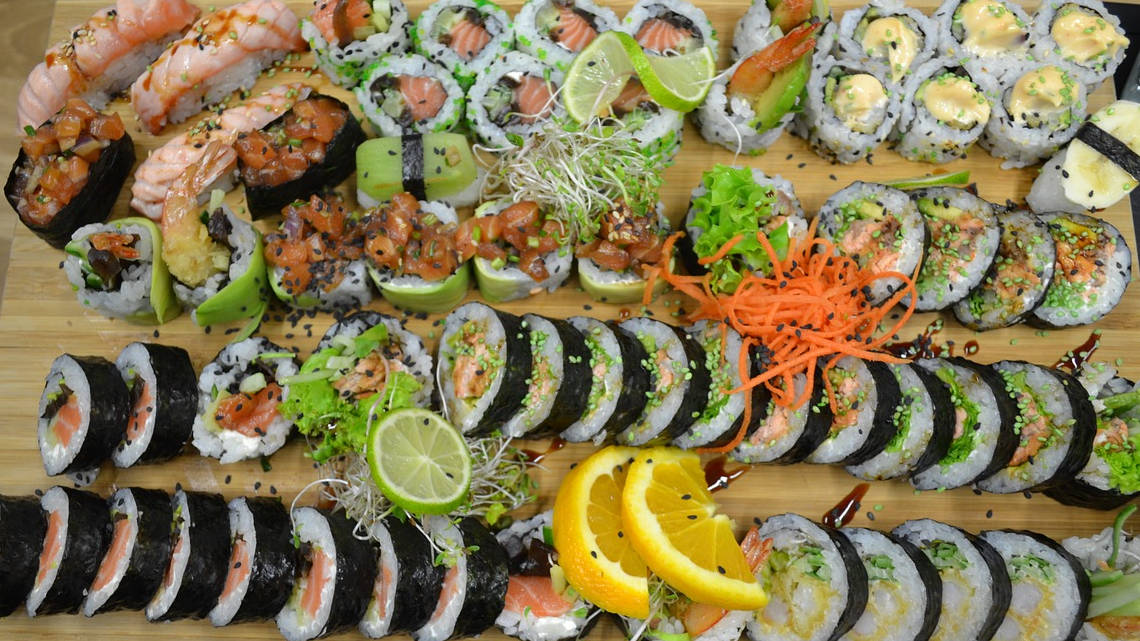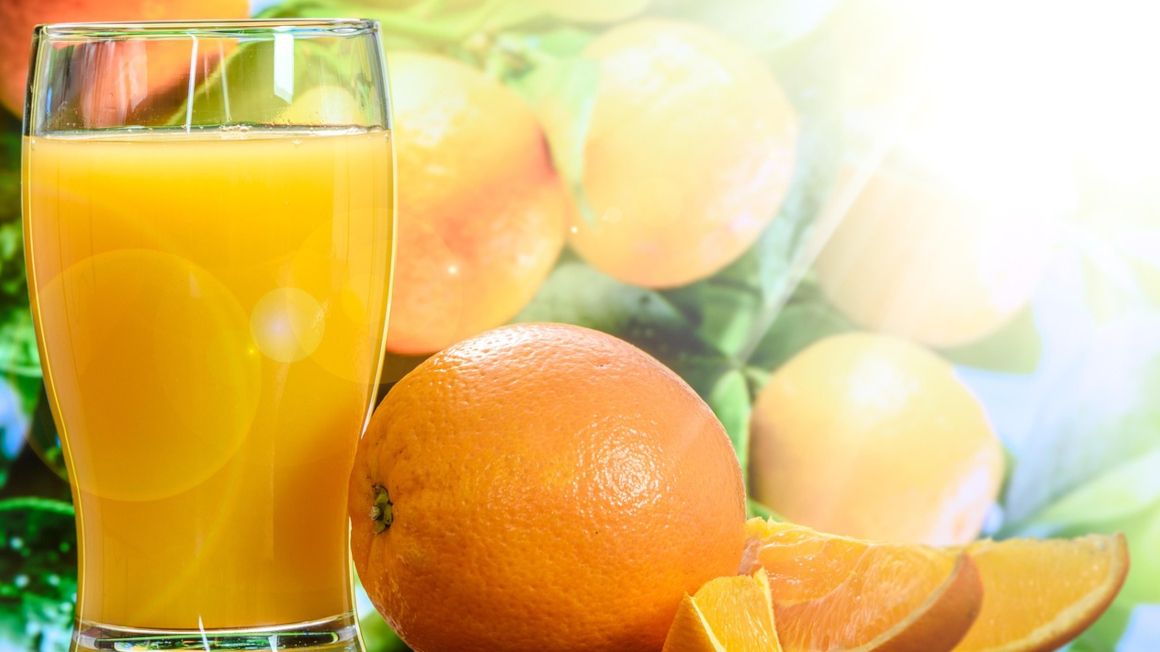Purifying saline wastewater with algae
Algae are in high demand as food. A German-Chinese research team now wants to develop macroalgae for new applications.

The demand for macroalgae is growing worldwide: aquatic plants are cultivated as food and animal feed, but are also used for the production of cosmetics, dietary supplements or as additives in animal feed because of their bioactive ingredients. Algae breeding is particularly widespread in China, where the alga Laminaria is of particular importance.
Problematic salt content in waste water
However, industrial breeding produces waste water with a salt content of around 20%. For many of the conventional microorganisms used in wastewater treatment, this concentration is inhospitable. A research group at Jabobs University Bremen, together with Chinese partners, would now like to use special microalgae to purify this wastewater.
Purification with adapted organisms
"From the extremely salty process water at the facilities on land, we want to isolate and identify local microalgae that can grow in these hypersaline wastewater," explains Song Wang of Jacobs University. The aim is not only to purify the wastewater by cultivating microalgae, but also to produce high-quality microalgae products for subsequent commercialization. This is possible because the microalgae use the degraded organic residues as raw materials for their metabolism and use enzymes to produce economically interesting compounds.
The project, which started in March, will continue until February 2020 and is funded by the Chinese provincial government of Shandong with 260,000 euros.
bl/um


